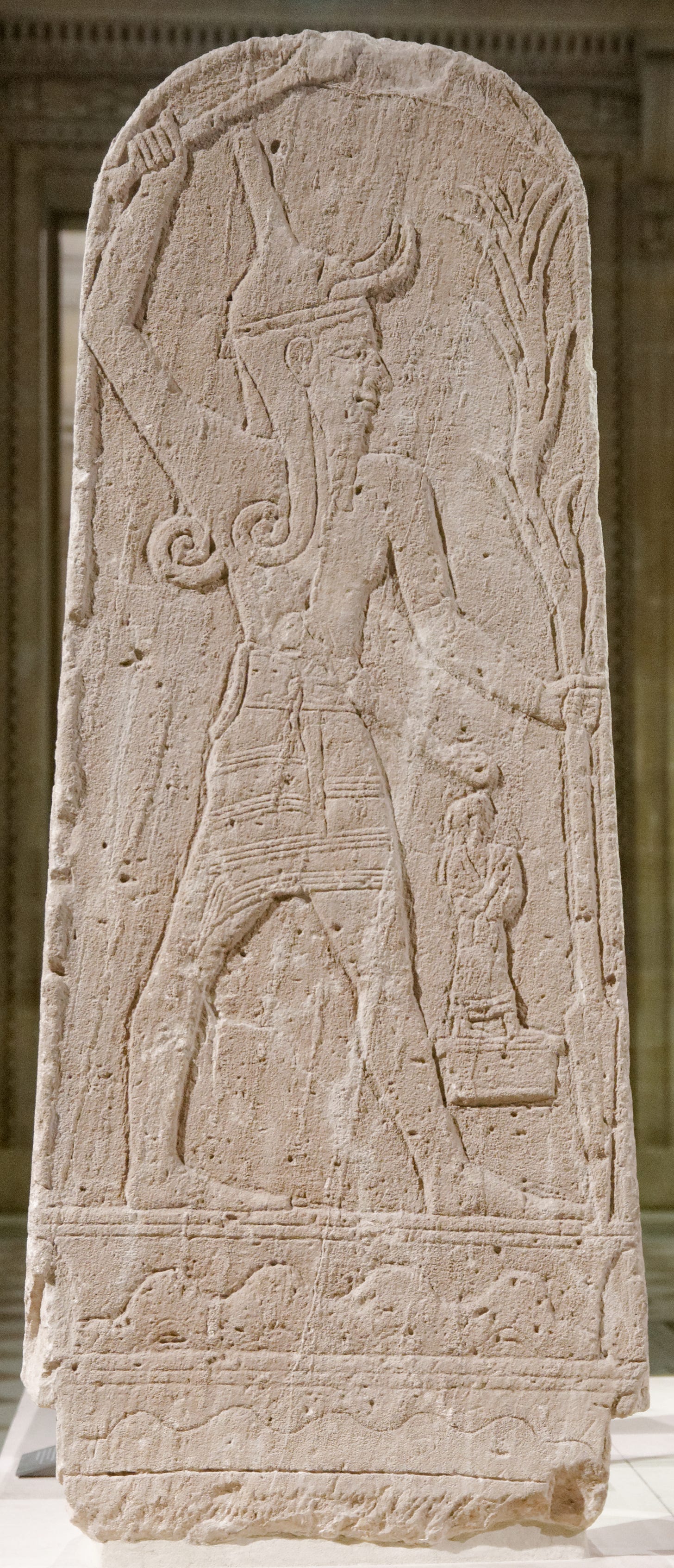
The Nephilim and the Flood
Who are the Nephilim and what do they represent? Are they biblical giants? What does the term literally translate to, and why does the brief mention of them in the Book of Genesis show resemblance to other mythologies? The Nephilim have been a topic of great controversy. Many scholars, both independent and accredited, have dedicated much of their lives to answer these questions. It wasn’t until the discovery and translation of the Book of 1Enoch that we were finally given a better understanding of these Nephilim, but is it a proper understanding?
This detailed analysis will incorporate the theology during the proposed time of writing for the verses, grammatical study in Hebrew and Aramaic word forms, and even external influences that would have played a role in the region.
Some Grammatical Clues
Then there was Andrew Collins, using the sons of God and the Nephilim to hint at a forgotten race. This race allegedly knew and shared all the forbidden arts and sciences with humanity, thus leading them to their corruption and the Flood of Noah. Much of what Collins proposes, it seems, may be based on earlier works, such as that belonging to Sitchin. For example, Collins uses translations similar to Sitchin’s for the noun Nephilim.
In his book, From the Ashes of Angels, Collin’s clearly displays his lack of knowledge in biblical Hebrew; confusing the Nephilim with the sons of God, when it was the sons of God who supposedly had fallen (unto the daughters of men) and not the Nephilim. It would seem that most of these authors attempt to link the root word for the plural Nephilim with the Hebrew singular word of naphal. naphal means ‘to fall’ or ‘to fall in battle, by the sword’, ‘to be killed’, ‘to be fallen’ and also ‘to fall unto/ upon.’ All of these definitions display characteristics not held by the Nephilim or, as I will point out later in this article, the sons of God.
We first read of the Nephilim in Genesis 6:4. This is one of two verses to mention the Nephilim three times throughout the entire Pentateuch. Genesis 6:4 reads:
The Nephilim were in the earth in those days, and also after that, when the sons of God came in unto the daughters of men, and they bore children to them; the same were the mighty men that were of old, the men of renown.
The biggest clues to the identification of the Nephilim will come from Numbers 13:33:
And there we saw the Nephilim, the sons of Anak, who come of the Nephilim; and we were in our own sight as grasshoppers, and so we were in their sight.
Taking an interpretation of the Nephilim as the ‘people of the fiery rockets’ again holds no credibility when examining the term itself and the surrounding grammar of Genesis 6:4 and Numbers 13:33. The word was left untranslated by the Revisers, the name of one of the Canaanite tribes. The Revisors have, in fact, translated the Hebrew gibborim, in Genesis 6:4, as ‘mighty men,’ which will be a key point in the coming conclusions. When the Old Testament was first translated to the Greek language, the word for Nephilim read gigantes, the Greek word for giants. This is confirmed in Numbers 13:33 with the description of the Israelites when compared to the race of giants.
It is extremely important for the reader to understand that in Hebrew grammar, the singular naphal cannot form the plural Nephilim. If we were to follow grammatical rules within the language, we would end up with the plural nophelim. Clearly this is not the same as Nephilim, and we can now see that it is impossible for naphal to be the root word used. A detailed analysis of the characteristics held by the Nephilim will further prove this in the section below. One other area of concern is that nophelim is not in the plural passive (perfect) form, but instead a plural active (imperfect), indicating that these beings are ‘falling’ and have not ‘fallen’. Now what have the Nephilim fallen from? The answer is nothing. If a link were to be established for someone(s) falling from God’s grace it would have to go to the sons of God as is apparent in the post-Exilic and not in the pre-Exilic literature. The biggest clue to the identification of the word’s root can be found in Numbers 13:33. The word Nephilim is used twice in this verse, but oddly enough, is spelled differently. Many have wondered what this could mean. In the first occurrence we find:





